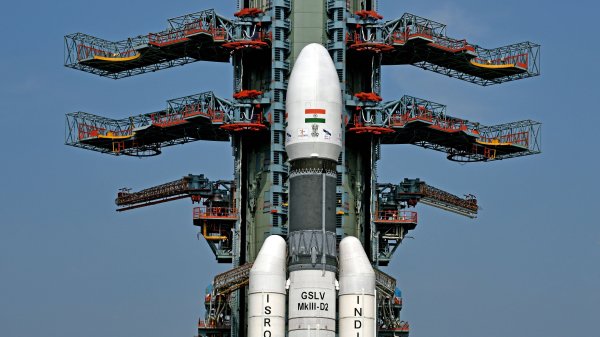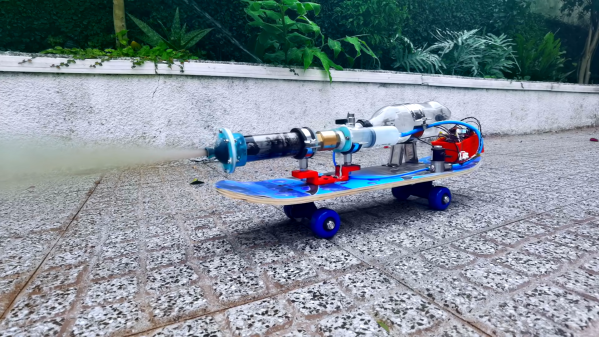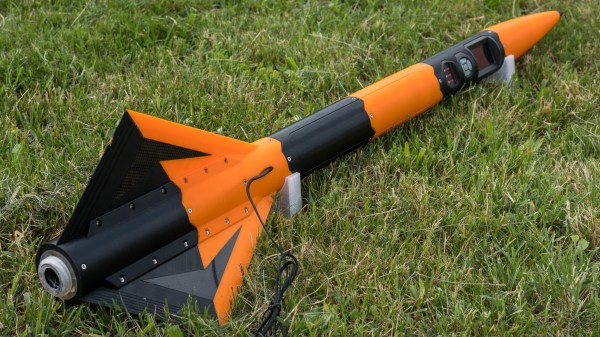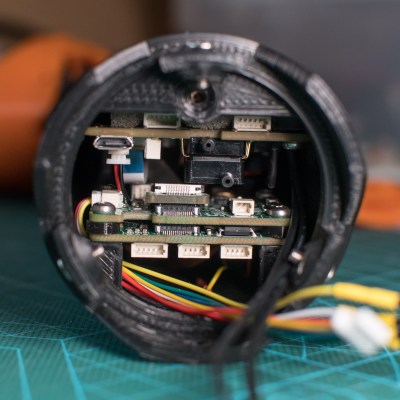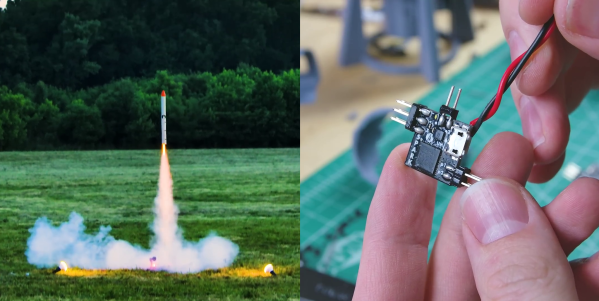The Space Shuttle’s solid rocket boosters were reusable, although ultimately the overall system didn’t prove cheaper than expendable launches. But given the successes of the Falcon 9 program — booster B1051 completed its 11th mission last month — the idea of a rocket stage returning to the launch site and being reused isn’t such a crazy proposition anymore. It’s not surprising that other space agencies around the world are pursuing this technology.
Last year the India Space Research Organization (ISRO) announced plans for a reusable launcher program based on their GSLV Mark III rocket. The Japan Aerospace Exploratory Agency (JAXA) announced last Fall that it is beginning a reusable rocket project, in cooperation with various industries and universities in Japan. The South Korean space agency, Korea Aerospace Research Institute (KARI), was surprised in November when lawmakers announced a reusable rocket program that wasn’t requested in their 2022 budget. Not in Asia, but in December France’s ArianeGroup announced a reusable rocket program called Maïa.
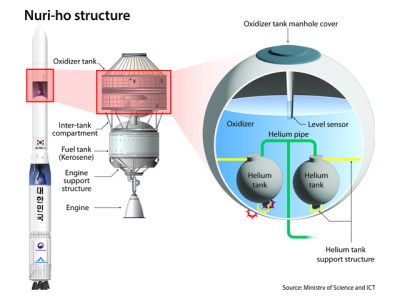
Speaking of South Korea’s rocketry program, we wrote about the Nuri rocket in October which failed to reach orbit because of a problem in the third stage. Kari recently completed a review of all the data, and concluded the problem was with the anchors of the helium tanks which are located inside the oxidizer tank.
Apparently the changing buoyancy of the submerged tanks with altitude wasn’t completely accounted for in the design of the mounting brackets. When they ultimately failed, the resulting broken piping caused a LOX leak and the subsequent 46-second premature engine shutdown. The next scheduled launch in May 2022 will very likely be delayed.

